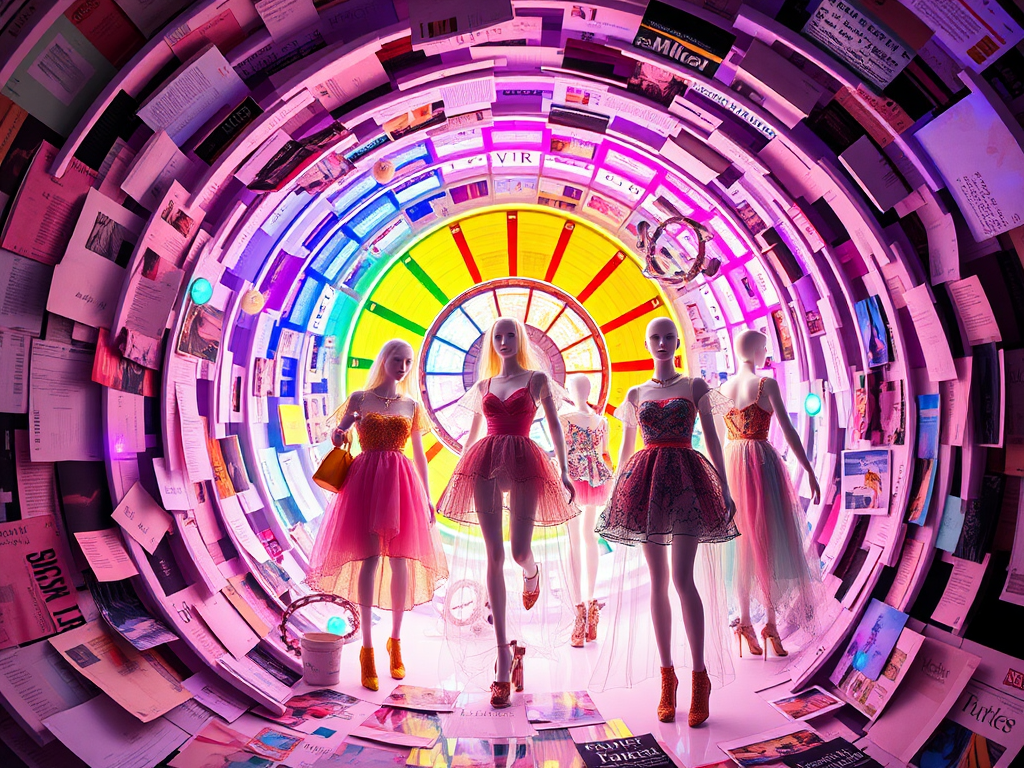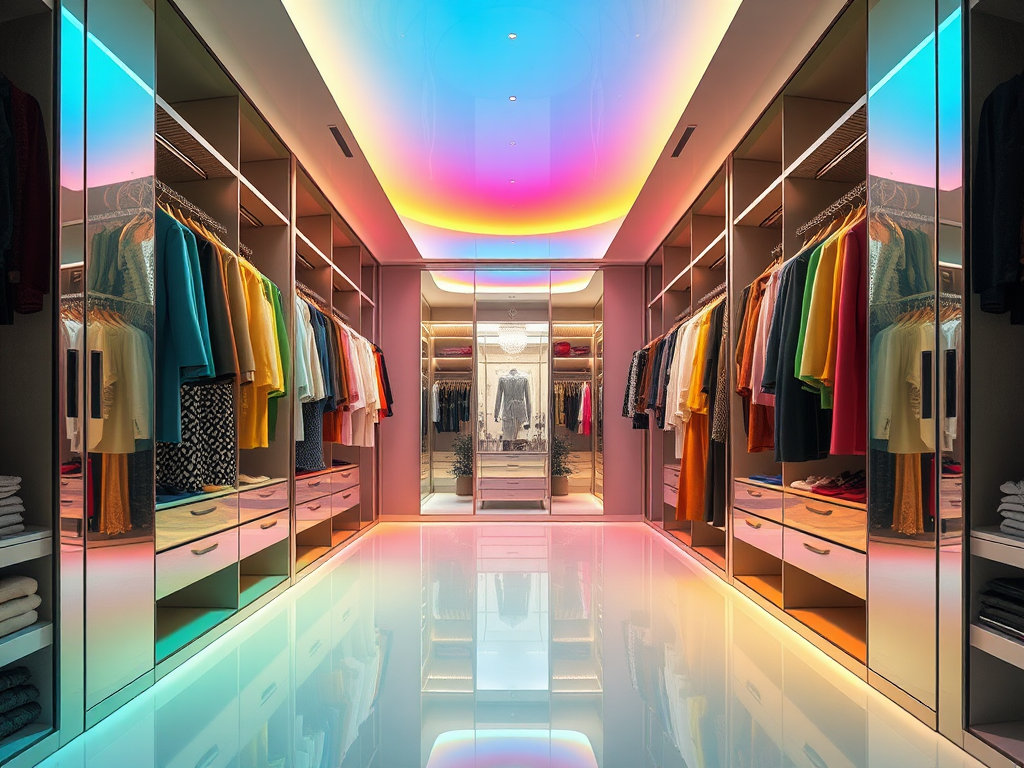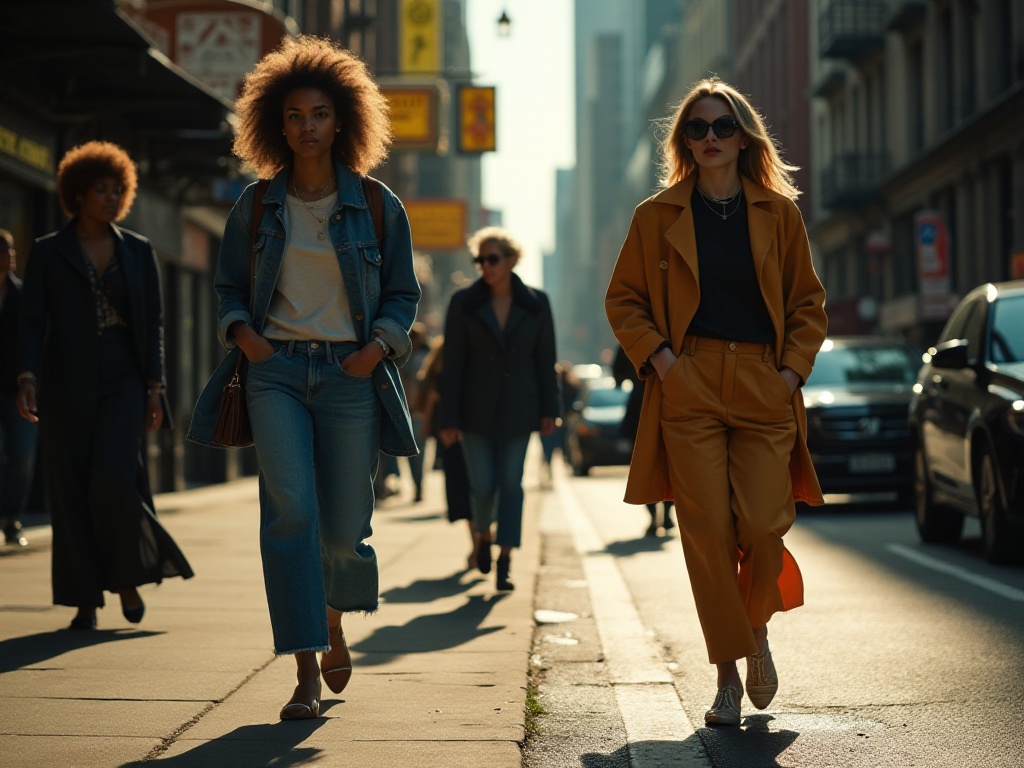Introduction
Do you often browse RED (Xiaohongshu) and Taobao, admiring others' outfit photos but don't know where to start yourself? Do you see street style photos and think others look effortlessly stylish, while your own closet full of clothes lacks that polished touch? I've been through the same confusion, but through years of exploration and practice, I finally found my own style. Today, I'll share how to build your wardrobe from scratch and create your personal fashion style.
The Color Code
When it comes to fashion, many people's first instinct is to shop, immediately buying trending items that others recommend. However, before shopping, we need to understand our skin tone. Just like knowing whether you have warm yellow or cool white undertones for makeup, you need to know what colors suit you for clothing. This is crucial because the same color can look completely different on people with different skin tones.
I remember when I first became interested in fashion, I knew nothing about color matching. I would buy whatever looked good on others, only to find I couldn't pull it off. Later, I started studying color theory, and through continuous trial and summary, I gradually found the colors that suited me best. For example, with my warm yellow undertone, earth tones like camel and olive green suit me perfectly, making me appear warm and soft. However, cool tones like purple and royal blue make me look sallow and tired.
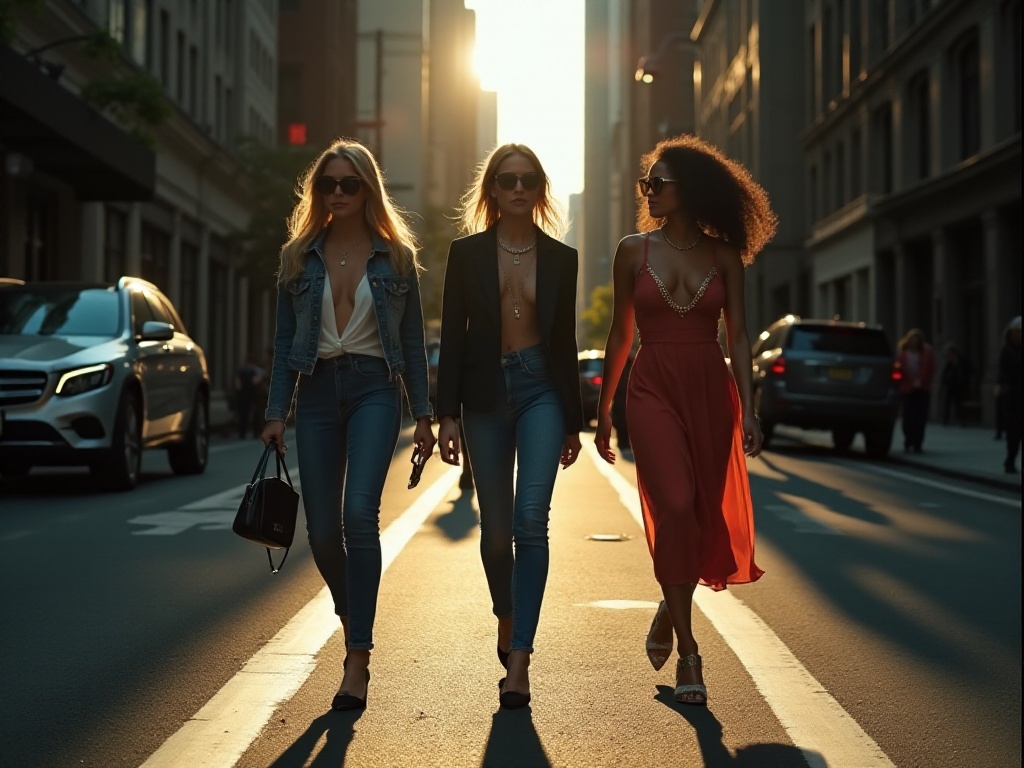
Investment Strategy
When it comes to buying clothes, many people say you should "buy expensive," but the key isn't price—it's value for money. I suggest starting with a few versatile basics to build your wardrobe core. These basics will become crucial support for your daily outfits and are worth investing in.
Take bags as an example: the amortized cost of a quality leather bag over three years might be less than a faux leather bag used for six months. Recently, I bought a classic leather tote bag, and although it was expensive, its simple and versatile style means I use it almost daily, making the cost per use quite low. Plus, good bags develop character with use, making them quite worthwhile investments.
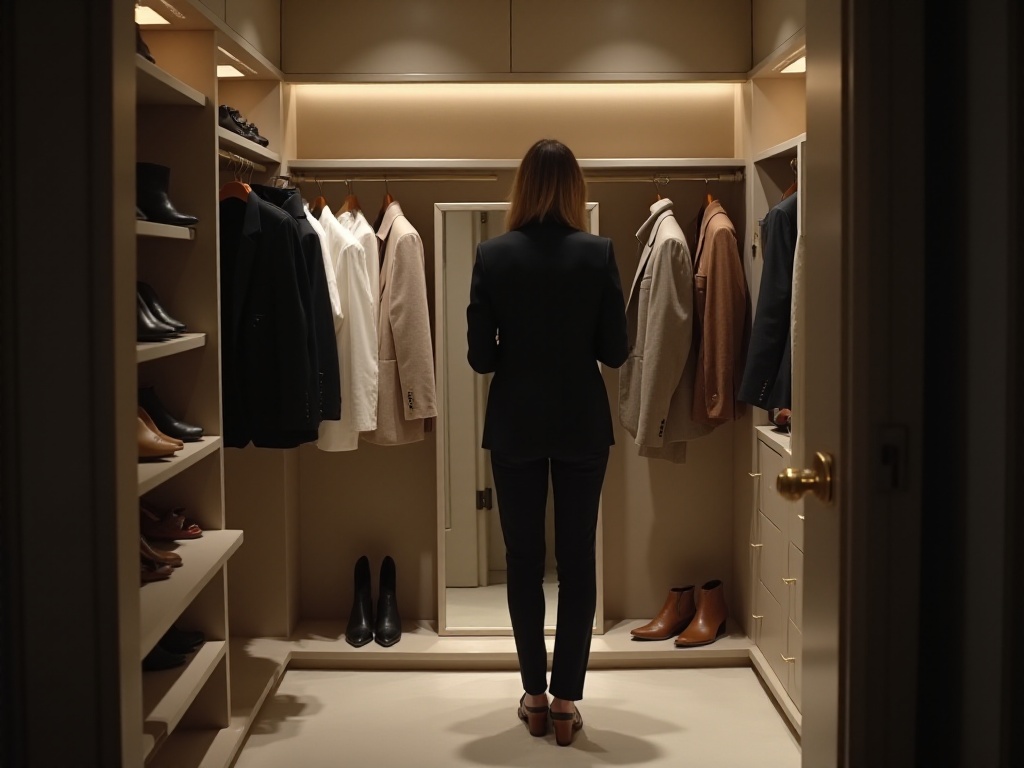
The Art of Layering
To achieve a sophisticated look, layering is key. However, many people mistake layering for simply piling on clothes—this is a misconception. True layering isn't about adding more pieces but considering overall proportions and harmony.
For example, in spring and fall, my go-to outfit is: a basic knit base layer, casually topped with a structured blazer, paired with high-waisted wide-leg pants. While this combination seems simple, it's quite thoughtful. The knit should be fitted but not tight, outlining the body without restriction. The blazer should be slightly loose, making it look natural when draped. High-waisted pants elongate the legs, while the wide-leg design adds flair.
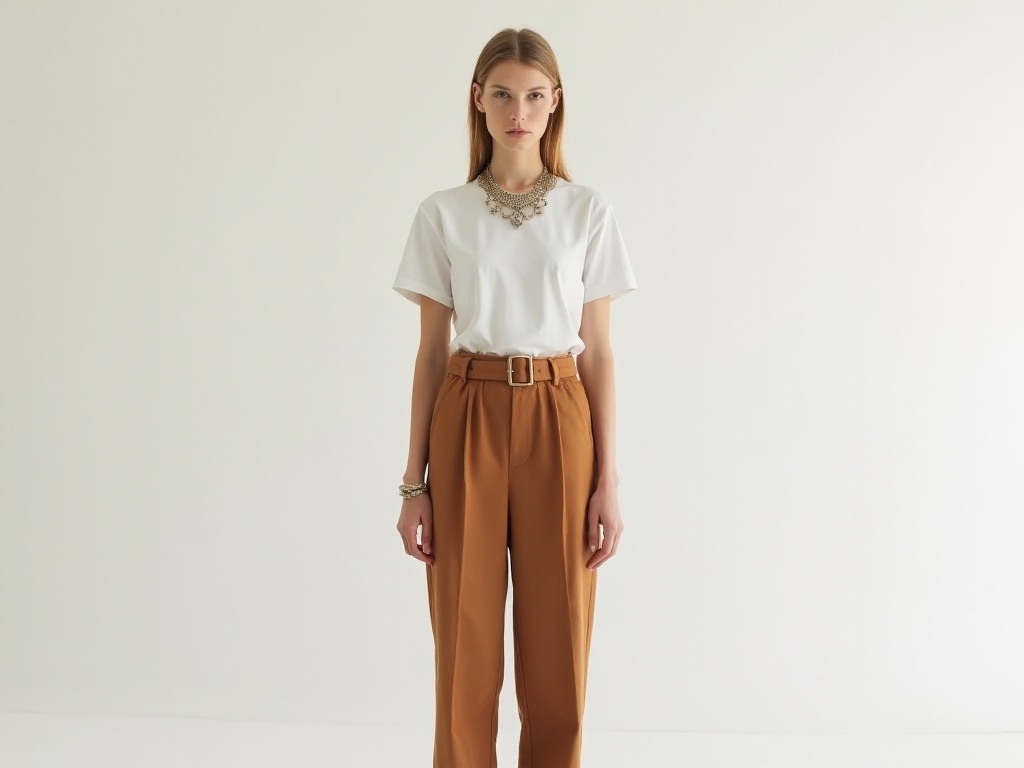
Practical Tips
Many people struggle with this: spending lots of time coordinating work outfits in the morning, then having to change for evening events. Actually, with some techniques, one outfit can work for multiple occasions. This requires considering versatility when choosing clothes.
For instance, a little black dress paired with flats and a cardigan looks professional for work, then transform it for evening events by switching to heels and adding a sequined jacket. I particularly love this "one piece, multiple ways" approach—it saves both time and money. This styling method also makes packing for trips convenient, as a few pieces can create many different looks.
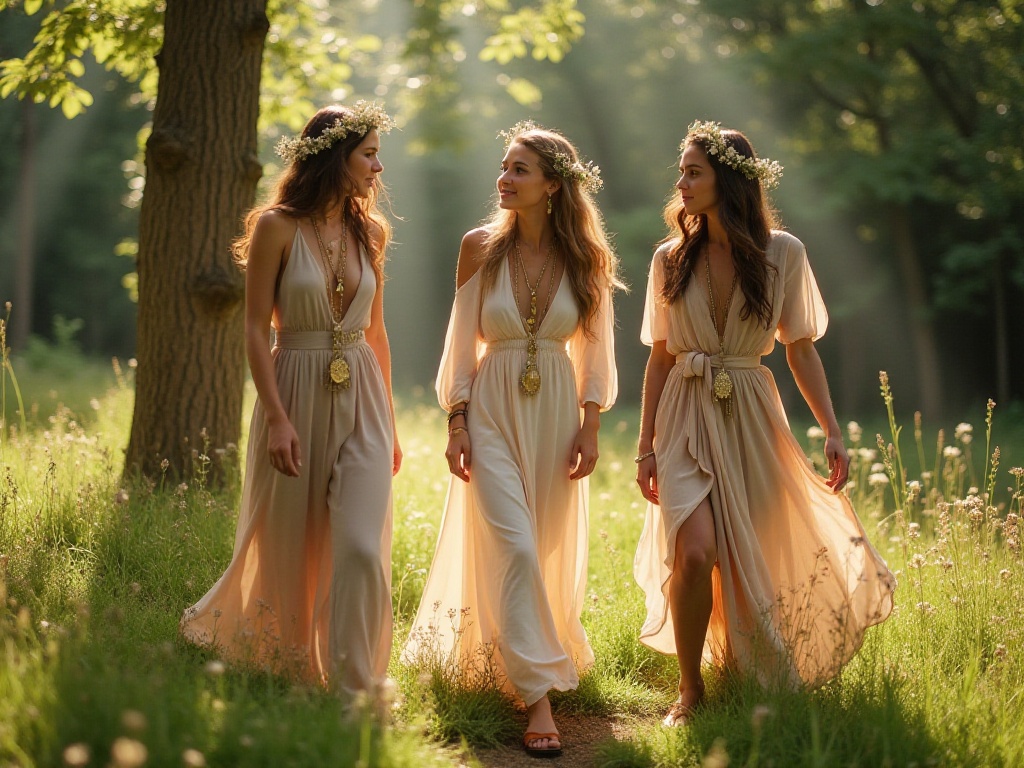
The Art of Fit
Regarding fit, many people assume designer clothes will automatically fit well. However, even the most expensive clothes need adjustments based on individual body types. I once bought a pair of wide-leg pants I really loved, but they didn't feel quite right until I had the waist altered—then they became perfect. This taught me that well-fitting clothes are the most suitable clothes.
When choosing clothes, we need to pay special attention to our body type. For example, if you have a pear shape, choose tops with interesting details like ruffles or pleats to add visual interest, while selecting bottoms that flatter your legs, such as A-line skirts or straight-leg pants. For apple shapes, focus on styles that emphasize the waist through belts or high-waisted designs to create curves.
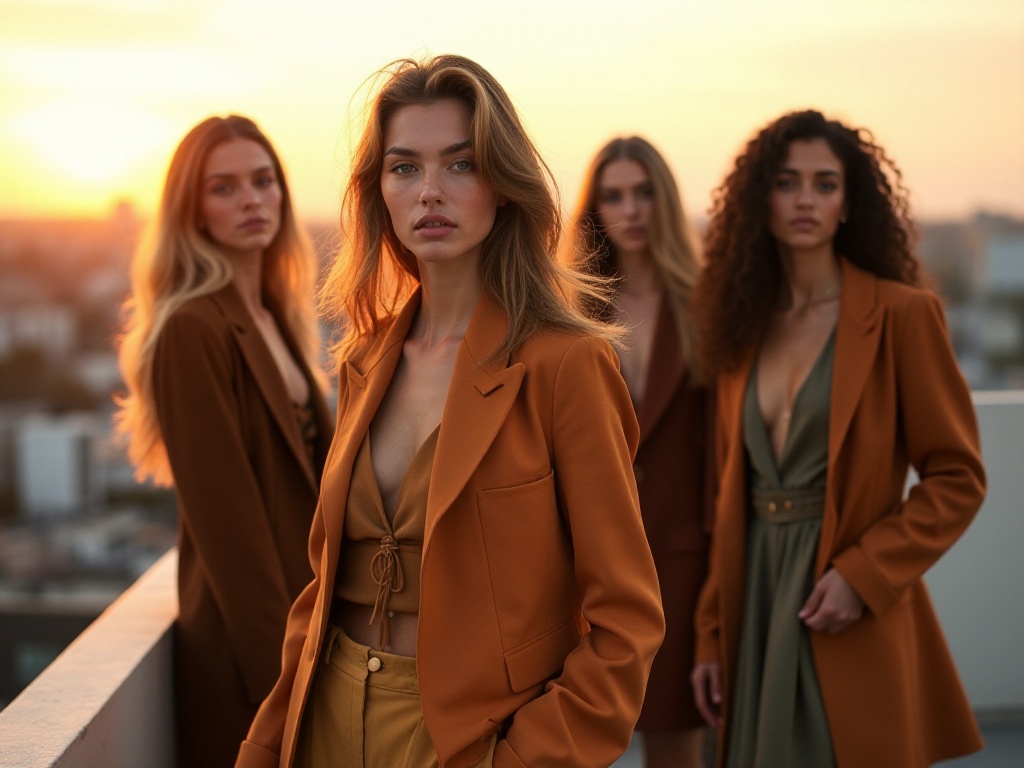
Conclusion and Future Outlook
Through these techniques, you too can create your own fashion style. Remember, fashion isn't about blindly following trends but finding what works best for you. This requires constant experimentation and reflection while developing your aesthetic eye.
During this process, we need to learn to observe ourselves and understand which styles and colors suit us best. We should also observe how others dress, not to copy but to gain inspiration. Fashion bloggers and magazines can provide references, but ultimately, we must return to our practical needs and personal characteristics.
Have you discovered any unique styling tips you'd like to share? Or are you facing any styling challenges? Feel free to tell me in the comments. Let's continue to improve together on our fashion journey and create our own unique styles.





